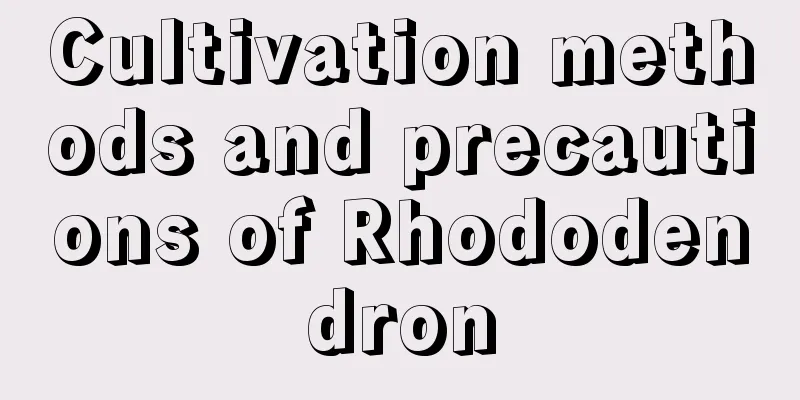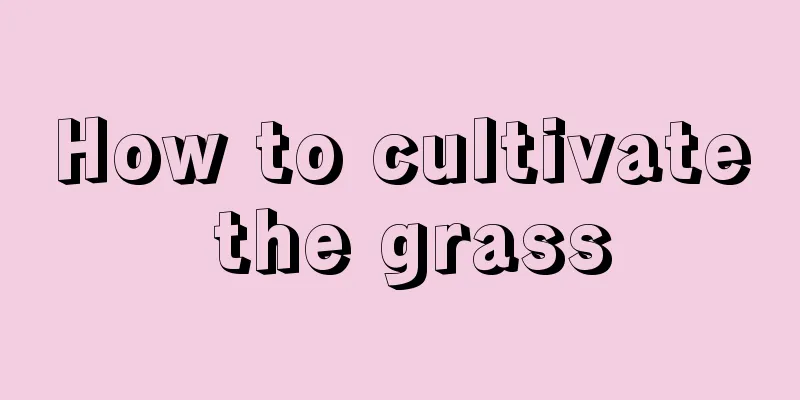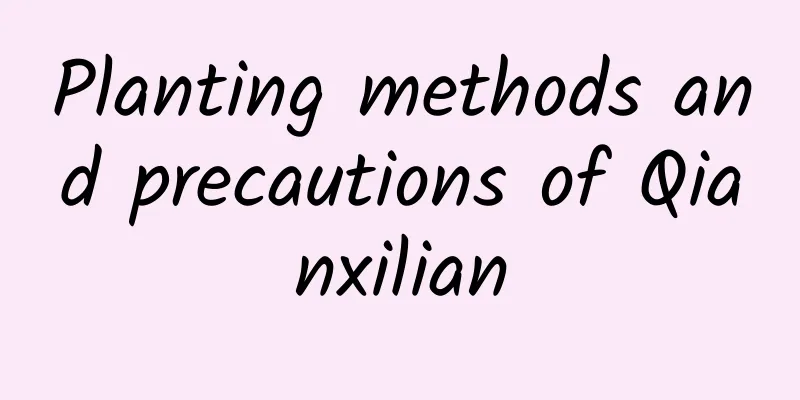Cultivation methods and precautions of Rhododendron

How to plant Rhododendron sabdariffaPlanting timeThe Rhododendron sabdariffa is a low-bulb plant, and its cultivation is mainly based on bulbs. Choose a suitable flowerpot according to the size of the bulbs. If maintained properly, the large bulbs can bloom in the same year. The planting time is usually in autumn. If you miss the autumn, you can store the bulbs in moist sand and wait until autumn to plant them. When planting plants, you should choose loose, fertile soil with good drainage. Poor soil quality can easily cause the bulbs to rot. Planting SpacingWhen planting, ensure a certain spacing, about 30 cm for large bulbs, 20 cm for medium bulbs, and 7~8 cm for small bulbs. Do not cover the soil too deeply after planting, 3 to 4 cm is enough. Cultivation method of Rhododendron sabdariffaEnvironmental requirementsThe Rhododendron sabdariffa is a wild flower in the north and is not that pretentious. After the bulbs germinate, pay attention to supplementing sunlight. Normal light does not require shading, and ensure more than 6 hours of light per day. Pay attention to the humidity. It should not be too dry or too wet. When the weather is fine, place the plant outdoors. Do not allow too much water to accumulate to avoid root rot. weedingAs a herbaceous flower, many small weeds will grow around the rhododendron, competing with the plants for nutrients. During the growing period, weed frequently and pull them out directly. During the seedling stage, the soil should be loosened frequently to ensure sufficient oxygen in the soil. However, in the later stage, when the rhizomes mature and the roots emerge on the soil surface, you must be careful when loosening the soil to avoid damaging the roots. Pest controlFrom April to May, the Rhododendron sabdariffa flowers will grow rapidly and gradually produce buds. During this process, it is easy to encounter underground pests such as cutworms and white grubs, which are difficult to prevent and control, so the bulbs must be disinfected and the roots can be irrigated with disinfectant every month during maintenance. Precautions for cultivating RhododendronDry in the sunThe red hollyhock likes a sunny and dry environment. Its roots are suitable for a cool environment and cannot be stuffy. A high temperature and humid environment can easily cause root rot. Pay attention to timely ventilation and loosen the soil frequently in summer. HibernationBulbous plants have a distinct dormant period. They bloom from June to July, the stems and leaves above the ground will gradually wither in August, and the above-ground parts will all die in September, at which time the bulb enters a dormant period. Take care to protect the bulbs, and replant them next year, and they will continue to bloom. |
<<: What kind of flower is the Rhododendron suffruticosa?
>>: Cultivation methods and precautions of Globe amaranth
Recommend
Can Lady Charlotte be potted?
Can Lady Charlotte be potted? Lady Charlotte can ...
What's up with the dried leaves of hyacinth?
1. Unsuitable temperature 1. Reason: Hyacinth lik...
What to do if the banyan bonsai leaves turn yellow and fall off
1. Watering correctly When caring for banyan bons...
How to plant Chinese cabbage and how to grow it
When growing Chinese cabbage, you need to water i...
How to water roses
Factors affecting watering It is really difficult...
How to match flower arrangement colors
Key points of flower arrangement color matching W...
The difference between round-leaved mallow and wild mallow
1. Leaf Difference The leaves of round-leaved mal...
What to do if Vinca leaves turn yellow
Reasons for the yellowing of Vinca leaves Insuffi...
How often should I water in summer?
Smooth sailing summer watering frequency The Luck...
How to grow Christmas cactus quickly
1. Fertile Soil To promote rapid plant growth, yo...
What is the best water for green radish?
1. Rice water The water used to wash rice contain...
How to Eat Basil Seeds
Make a basil seed drink In fact, basil seeds can ...
Can Phalaenopsis be grown in sand?
Can Phalaenopsis be planted in sand? Phalaenopsis...
What should be paid attention to when repotting osmanthus?
When repotting osmanthus, choose a sufficiently d...
Cutting propagation method of Koelreuteria paniculata
Cutting propagation method of Koelreuteria panicu...









